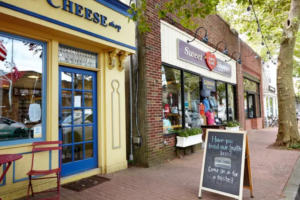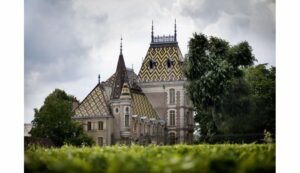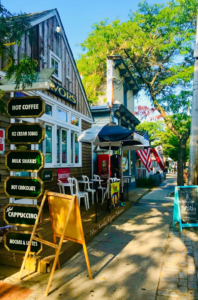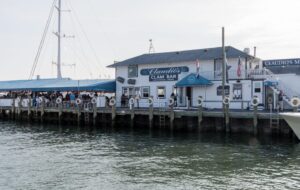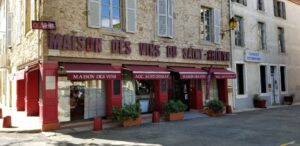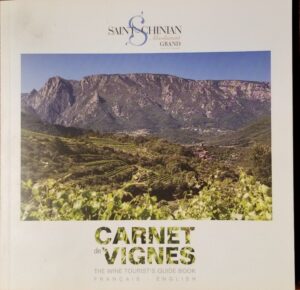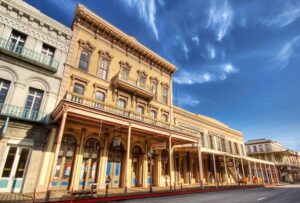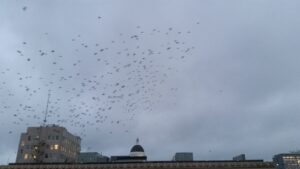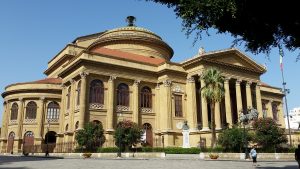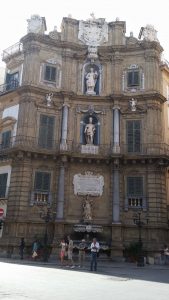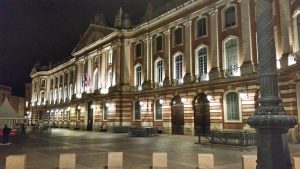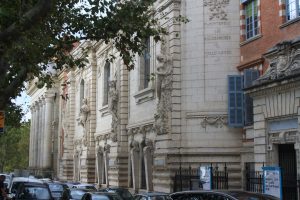Yeah, the name of this place to visit when you go wine tasting on the North Fork is just too, too cute. Evidently, back in the mists of time, it was a simple trail that came to be known as the local lovers’ lane and the name, with a little editing, has stuck. For the visitor to the North Fork, primarily interested in wine tasting, it offers several reasons to stop.
First, and perhaps foremost, it’s a place midway between Riverhead and Greenport where you can get something to eat. Of course, if you’re going to be sipping wine all day, it’s important to put some food in your stomach. So if you’ve visited one or two wineries already, you’d better stop and Love Lane is really the only place to go.
Photo courtesy of the New York Times.
There are two dining spots to choose from, Ammirati’s and Love Lane Kitchen. With no criticism of the former, we keep going back to Love Lane Kitchen. It’s the sort of eatery where everybody seems to know everybody, welcomes one another by first name and always has time for a cup of coffee. There always seem to be a few moms with youngsters trying hard not to be noisy. The menu is primarily sandwiches and salads, although breakfast can still be had through lunch time.
Oh, and the cakes are made by Mom.
Besides the food, there is an attraction to Love Lane that is more atmospheric than commercial. The street is three blocks long but everything you might want to see is on only one of those blocks. It hearkens back to a small-town America that may never have been quite so shined up for the tourists but that nevertheless was and still is real. Trees line the street. There are places to park. The shops have old-timey storefronts. And there’s a charming white clapboard church at one end of the street.
The shops on Love Lane do reflect the sensibilities of wine tasting tourists. Lombardi’s Love Lane Market is the sort of gourmet grocery that would be right at home in New York City. So are the cheese shop, the boutiques and the sweet shop(pe). But they don’t have the feel of bits of Manhattan that people have dragged with them out to the country. Locals patronize here as well, and they all stay open in the winter.
Sure, lots of countries have small towns. In Bordeaux or Burgundy there are also little villages, each with un café, une épicerie and une église. But those are French cafés, groceries and churches. This is unmistakably an American small town, with a vibe more New England than Big Apple.
The other end of Long Island is Brooklyn, definitely urban. The North Fork is rural and Love Lane is a corner of that lifestyle, only two hours away. It is a destination in the sense that you would come there to have lunch and then stroll around. If you don’t pop into every store or the wine tasting room that’s right there, you can see it all in ten minutes. But those are ten well-spent minutes.
